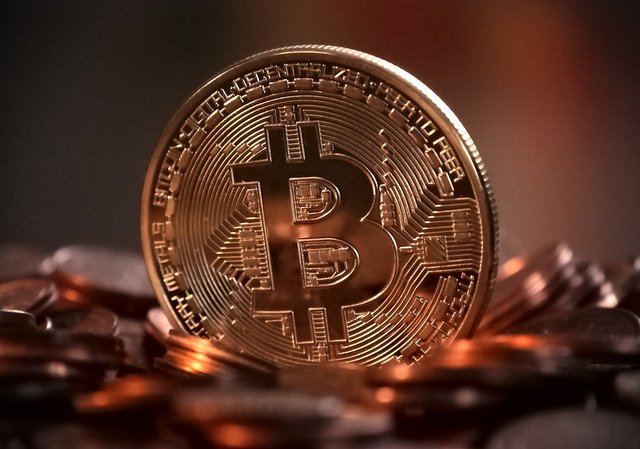TOP 10 GREENEST CRYPTO CURRENCIES TO BUY AND HOLD IN MARCH 2022
SOLar coin
Solar coin

is a decentralized and global crypto currency. But it is unlike any other cryptos. Solar Coin has made an enormous difference by being one of the best and most trusted crypto currencies which are also sustainable. This crypto currency aims to create 1 Solar Coin for every Megawatt hour generated from solar technology.
Algorand
In April 2021, Algorand declared its block chain to be completely carbon-neutral. This crypto has also fostered a partnership with Climate Trade, an organization dedicated to helping companies improve their sustainability profiles.
Bit Green
Bit Green was created as a response to Bitcoin, considering the environmental impact it has. It is a 100% community-run project and uses an energy-efficient proof-of-work algorithm. The company was founded in 2017 and has created a non-profit organization to oversee and handle the Bit Green project.
Chia
Chia, which was created by Bram Cohen of BitTorrent, can be mined on Amazon Web Services cloud computing platform. It puts a user’s desktop to use by offering downloadable software that allows users to earn Chia tokens by running the decentralized platform on their hard drives.
Stellar
Stellar is overseen by Stellar Development Foundation and the network was released in 2014. It enables a faster and cost-effective mode of transaction and is considered a strong alternative for transaction applications like PayPal. Stellar is environment-friendly and uses a consensus protocol, which is even better than the proof-of-stake algorithm.
Tronix
The TRON currency, Tronix, is pre-mined and can be traded on Binance and other exchanges, with big plans afoot for TRON’s future, including using it to create decentralized gaming platforms. TRON operates using decentralized governance based on a two-tier model of Super Representatives (SR) and Super Representative Partners, with each accountable to become an SR and able to vote for SRs.
IOTA
IOTA doesn’t rely on a block chain. Instead, this crypto uses a cryptography-based method of verification called Directed Acyclic Graph (DAG). This allows transactions and verifications to keep pace with each other in real-time.
Cardano
Cardano is inherently more energy-efficient than Bitcoin as it uses a consensus mechanism where those participating in the currency buy tokens to join the network. This helps save a staggering amount of energy, with the founder of Cardano claiming that the crypto currency network consumes only 6 GWh of power.
Nano
Nano uses block-lattice technology, which is energy efficient. It is still reliant on a Proof of Work mechanism, but the block-lattice goes beyond blockchain to create an account chain for each user on the network. The Nano platform uses a system called Open Representative Voting (ORV), where account holders vote for their chosen representative, who then works to securely confirm blocks of transactions.
DEVVIO
According to DEVVIO founders, the DEVVIO network uses one-millionth of the energy usage of Bitcoin and generates far less in terms of greenhouse gasses. It was designed specifically to reduce energy expenditure and be a ‘greener’ crypto currency. This is clear from the founders’ commitment to creating DEVITO as a block chain ecosystem that can support multi-party collaboration and trust across stakeholders working in the field of environment and sustainability